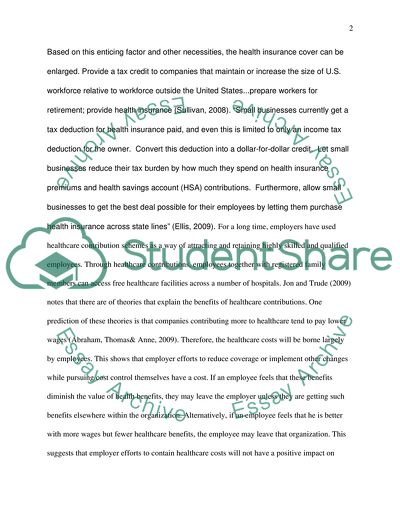Cite this document
(“EMPLOYER VS EMPLOYEE CONTRIBUTION HEALTHCARE WITH UNION WORKERS Thesis Proposal”, n.d.)
EMPLOYER VS EMPLOYEE CONTRIBUTION HEALTHCARE WITH UNION WORKERS Thesis Proposal. Retrieved from https://studentshare.org/human-resources/1680300-employer-vs-employee-contribution-healthcare-with-union-workers
EMPLOYER VS EMPLOYEE CONTRIBUTION HEALTHCARE WITH UNION WORKERS Thesis Proposal. Retrieved from https://studentshare.org/human-resources/1680300-employer-vs-employee-contribution-healthcare-with-union-workers
(EMPLOYER VS EMPLOYEE CONTRIBUTION HEALTHCARE WITH UNION WORKERS Thesis Proposal)
EMPLOYER VS EMPLOYEE CONTRIBUTION HEALTHCARE WITH UNION WORKERS Thesis Proposal. https://studentshare.org/human-resources/1680300-employer-vs-employee-contribution-healthcare-with-union-workers.
EMPLOYER VS EMPLOYEE CONTRIBUTION HEALTHCARE WITH UNION WORKERS Thesis Proposal. https://studentshare.org/human-resources/1680300-employer-vs-employee-contribution-healthcare-with-union-workers.
“EMPLOYER VS EMPLOYEE CONTRIBUTION HEALTHCARE WITH UNION WORKERS Thesis Proposal”, n.d. https://studentshare.org/human-resources/1680300-employer-vs-employee-contribution-healthcare-with-union-workers.


